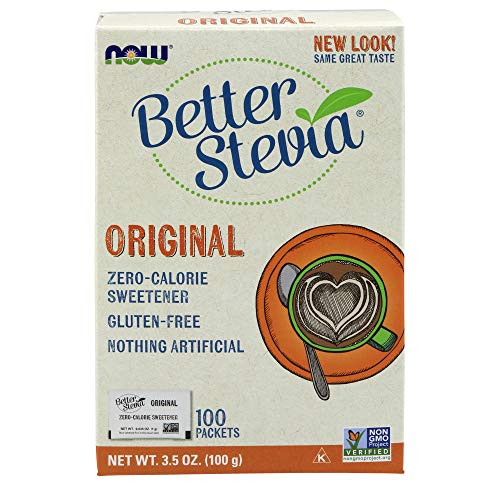We all know the common ones, but what other names does sugar hide under? And what healthier alternative can we use instead?
Despite growing up in a relatively strict household, I, like so many other kids, spent the majority of my child and teenage years addicted to sugar. If my parents wouldn’t give me candy, I knew who would and I’d purposely spend a lot of time around them.
Once I hit high school, the world of sugar truly became my oyster. Cans of vanilla coke (42 g), bags of sour skittles (35 g), and plenty more were all available in exchange for a handful of coins in a cafeteria vending machine daily.
It wasn’t until my twenties that I personally began to clue into just how devastating the mass consumption of unnatural sugar can be to our health.
Of all the articles I’ve read, stories I’ve come across, and documentaries I’ve watched, there are three in particular that I find to be the most comprehensive and eye-opening:
 Just Like Sugar Table ...
Check Amazon for Pricing.
Just Like Sugar Table ...
Check Amazon for Pricing.
1. Article – “What Really Happens To Your Body After You Eat Something With Sugar In It”
2. Story – “Man Gives Up Added Sugar & Alcohol For A Month”
3. Documentary – Fed Up
Whether you needed to reference any of those pieces or not, the majority of the world seems to be well aware of the dangers associated with excessive sugar consumption.
Myths, Misunderstandings and Outright lies about owning Gold. Are you at risk?
Proof of this lies in the popularity and continued development of sugar-free variations to many of the most popular processed food items on the market. Unfortunately, however, the majority of these products wreak havoc on our bodies in other ways through the ingredients they do choose to use, such as aspartame.
While keeping an eye out for the word sugar seems easy enough, many food manufacturers have made our lives much more difficult. Here is a list put together and posted by Dr. Mercola of some of the most commonly used sugar sources in many of our favorite foods:
You probably recognize quite a few of these from some of your usual products. The most recognizable to me are evaporated cane juice, carob syrup, corn syrup, and fruit juice concentrate, all of which can even be found in many of the “healthier” alternatives I occasionally purchase at natural food stores.
Wanting to make this list readily available to me for reference, I’ve actually taken a picture of it with my phone to have it with me everywhere I go.
As Dr. Mercola also reminds us within the piece, it’s important to also pay attention to the order in which the ingredients are listed on the item. It is a requirement for manufacturers to list them in order of the quantity included (highest to lowest), meaning the closer it is to the front, the more predominant it is on the item.
How Much Is Too Much?
 NOW Foods Stevia Extra...
Buy New $13.46
(as of 10:49 UTC - Details)
NOW Foods Stevia Extra...
Buy New $13.46
(as of 10:49 UTC - Details)
What I particularly appreciated about the film Fed Up is that it gave me a general guideline for the maximum amount of sugar I should be exposing my body to over a 24 hour period. This total, of course, does not account for natural sugars, such as those found in many fruits, which when consumed whole are believed to be supported by their dietary fiber mitigating their potential negative effect on our body.
Since watching the film, I’ve set a personal goal of aiming to live as many days as possible consuming 30 grams of sugar. There are of course days where I exceed this amount, but I do my best to ensure these days are exceptions rather than the norm.
To identify the amount that is suitable for you, I suggest that you not only watch the film but also consult with a trusted health practitioner.
What Can I Use Instead?
While there are undoubtedly many options to substitute sugar within your life, the one that I personally have the most experience with is Just Like Sugar.
As the name suggests, the product tastes and operates remarkably similarly to traditional sugar. It is made from a blend of chicory root, dietary fiber, vitamin C, calcium, and natural flavors from the peel of an orange.
I’ve used it in the preparation of desserts, to sweeten hot beverages, and to add some much-needed flavor to bland oats.
What are some of your favorite sugar substitutes? Share them via the comment section below to equip us all with as many options as possible to cut back on sugar and optimize our health.
Reprinted with permission from Collective Evolution.






